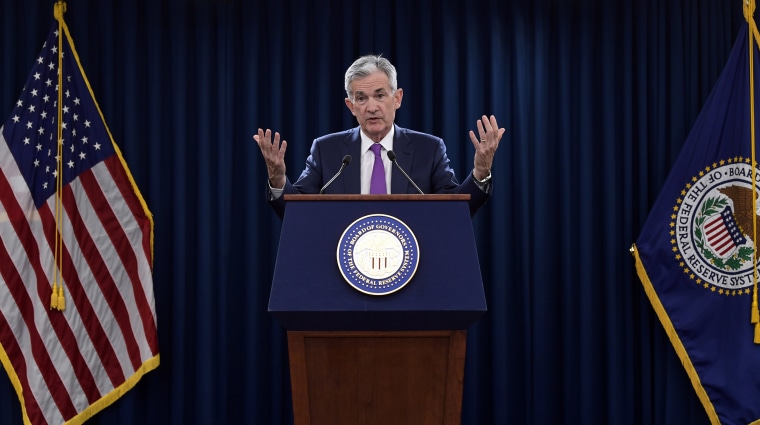The Federal Reserve approved its third rate increase this year, hiking the short-term interest rate on Wednesday to a range of 2 to 2.25 percent. The move indicates that the nation’s central bank may soon be able to take a back seat for the first time since the 2008 financial crisis and allow the economy to steer itself.
Wednesday's widely expected rate hike of one-quarter of a percentage point comes after the Federal Open Market Committee's scheduled two-day policy meeting, and is a response to a robust economic landscape that includes low unemployment, an uptick in wage growth, and sweeping corporate tax reform.
"The economy continues to punch above its weight, and rising wage and price pressures should drive overheating through 2019," said Steve Rick, chief economist at CUNA Mutual Group. "That’s why the Federal Reserve needed to remedy this by raising short-term interest rates today. It should temper credit demand and excessive spending just enough to compensate."
The new rate also signals that the White House's tit-for-tat global trade actions have so far had a muted impact on the nation’s nine-year economic growth streak.
The Fed kept rates artificially low for seven years after the Great Recession, zeroing out the rate in December 2008 and only raising it again in December 2015, under Janet Yellen’s chairmanship. Since then, Yellen raised the benchmark rate by one-quarter of a percentage point just four more times. After taking over from Yellen in February this year, Trump-appointed Federal Reserve Chairman Jerome "Jay" Powell has raised rates three consecutive times.
The Fed's statement on Wednesday excluded for the first time language that described its monetary policy as "accommodative," a hallmark of Yellen's tenure.
Chairman Powell has made note of the Fed's precarious position as the economy heats up, saying last month that the Fed currently faces two main risks — either “moving too fast and needlessly shortening the expansion" or "moving too slowly and risking a destabilizing overheating."
But Trump slammed Chairman Powell earlier this year, saying he was "not happy" about this year's series of rate hikes.
“I don’t necessarily agree with it,” Trump told CNBC in July. “I’m not thrilled, because every time we go up, they want to raise rates again. But at the same time, I’m letting them do what they feel is best.”
Wednesday's FOMC meeting was the first for economics professor Richard Clarida, who was confirmed earlier this month for a four-year term as Federal Reserve vice chairman. The board of governors has three remaining vacancies.
The Fed has forecast a total of four rate hikes for 2018, three for 2019, and one for 2020 — bringing the nation's borrowing rate to 3.5 percent by the beginning of 2021.
The Fed rate is the benchmark for most consumer loans, from autos to mortgages to credit cards, all of which will see an immediate increase. Higher rates will also be applied to savings accounts.
